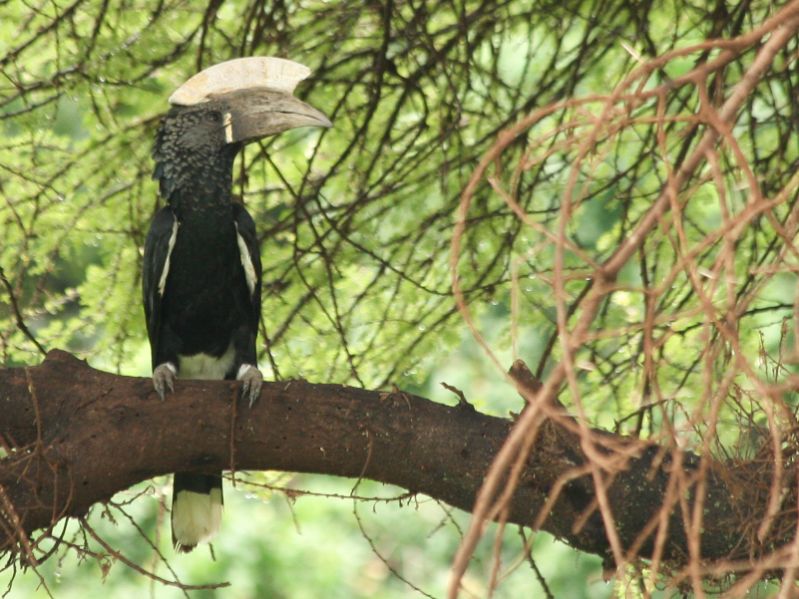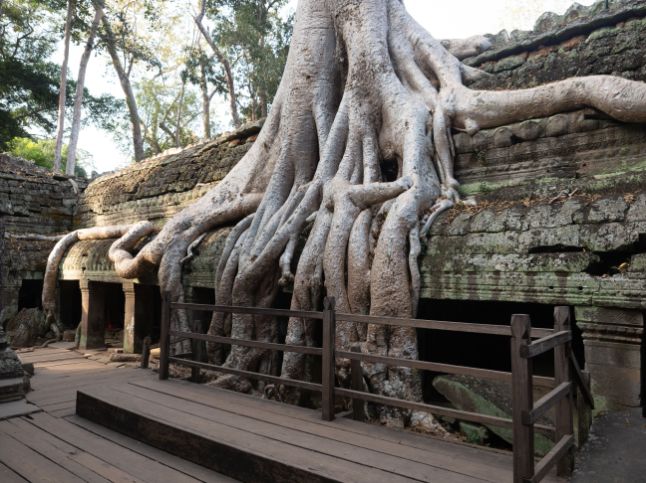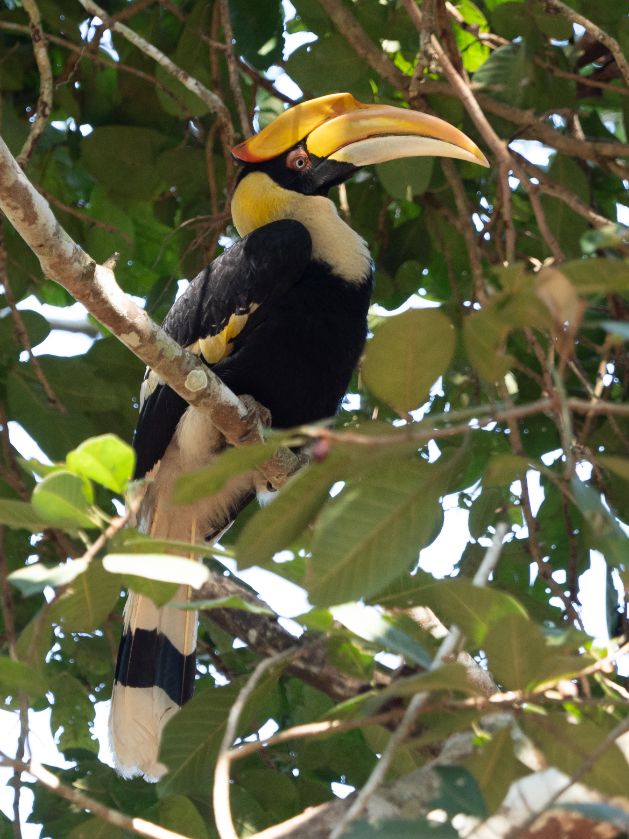General Blog Posts
Christmas Hornbills

In 2012 my wife, Lindsey, and I offered to organize a trip for Lindsey’s family to go on safari. That would probably be the only time they would go on a proper safari so we wanted to get as much in as possible in one trip. We have been on safari quite a few times in different countries but frankly, if you’re only going to go once and you’re not a millionaire then you can’t beat Tanzania.
Africa in general is wonderful for wildlife viewing and birds included. I think this is a combination of factors with one of them being the terrain. Open savannah is a great environment for viewing wildlife as the animals are not always obscured by dense forest. This goes equally for birds as for other animals in my experience.
One of Tanzania’s top destinations is the Ngorongoro Crater which is a huge volcanic caldera. The crater makes for a natural wildlife enclosure and although some animals do leave seasonally, a lot of them stay year round including some of the birds.
People, mainly in the form of subsistence farmers, have lived alongside the wildlife there for thousands of years. Modern conservation laws have controversially displaced a lot of the farming communities but these have been replaced by the thousands of tourists that visit the area each year. From a wildlife point of view the animals must have been constantly habituated to people which means they are less timid, easier to spot and give you opportunities of better photos.
I was only really birding for about 10 days while we were there but managed to see 91 species, 43 of which I had never seen before (lifers). There were many highlights of the trip including this Kori Bustard which according to at least one random source on the internet places it as the second largest flying bird by weight in the world.
There are a few sights that I associate with Africa whether from book covers or television programs from when I was a child and one of them is a view of a flock of flamingos. The Ngorongoro Crater provided this perfect view for me for the first and only time in my life as I write this post. It’s not that I’d never seen flamingos but never like this.

Kori Bustard – Ardeotis kori
On Christmas day 2012 we were headed to Lake Manyara national park and had stopped to check out some baboons. All of a sudden I spied a hornbill sitting on a branch nearby. Hornbills have always seemed like such impressive birds to me with their huge bills. In my experience up until that point I had seen them mainly flying high above the canopy and usually only fleetingly. This one was just sitting there and within camera range so a real treat. It turned out to be a Silvery Cheeked Hornbill.

Silvery Cheeked Hornbill – Bycanistes brevis
Seemingly from nowhere there was another one this time flying near by and then another. Pretty soon I realized that there was a termite mound with actual termites coming out of it and flying from the mound. I didn’t even know that some termites can fly at different stages of their lives.
The hornbills were catching the termites in midair displaying pretty acrobatic flying skills especially for quite a large bird. There was even another species of hornbill, a Crowned Hornbill, getting in on the action as well. I estimated about 15 hornbills all together and was totally mesmerised. The photography was quite challenging but as I had already agreed to be the trip photographer I was committed to getting good shots. My only regret was that I didn’t spend more time simply enjoying the spectacle with my eyes and not through the lens – such an incredible treat.
Now fast forward exactly 10 years to Christmas Day 2022. Now we find ourselves in Siem reap in Cambodia. Siem Reap is where Angkor Wat can be found along with the other temples that make up that ancient complex.
One of the temples is called Ta Prohm but is also known as the Tomb Raider temple as that is where some scenes were filmed from the movie. It is special because huge trees have grown out of the walls of the temple providing some great photo opportunities.

Having been there before we know that if you want to get those photos without 8 million other tourists the best thing to do is get there when it opens and try to be the first ones in which is what we duly did. As well as experiencing the wonderful site on your own it’s also an excellent time of day for birds. I was already pretty pleased about my list for Christmas morning which included 2 Common Hill Myna’s, at least 2 Alexandrine Parakeets and maybe 20 Red-breasted Parakeets (which the IUCN Red List deems as ‘Near Threatened’) and last but not least a pair of Oriental Pied Hornbills.


Great Hornbill
Buceros bicornis
After Ta Prohm we headed to another templae nearby called Banteay Kdei. As we approached there were a few tourists milling around near the entrance. As we were having a look around a French lady pointed up in the trees and said something we couldn’t quite catch. She repeated it as ‘big birds’.
We looked up and to our astonishment there were a pair of Great Hornbills sitting in the tree. The tree was fruiting and so they were taking the fruit for their breakfast. I have only once seen Great Hornbills before but that was at some distance whereas these were right there. Not only that but occaisionally they would fly from one branch to another. I’m not sure where Great Hornbills appear in the list of biggest flying birds by weight but I’m guessing they must be up there somewhere. The noise of their wings beating so close was amazing.
Then I noticed that there was a third hornbill there which was a bit smaller with a green pouch. Although I was pretty confident that I knew the other hornbills were Great Hornbills I had no idea about this other one. Of course, not only had I left my binoculars in the seat of my motor scooter but I didn’t even have my birding lens with me and only my ‘temple’ lens.
Later that day, Lindsey looked up ‘Hornbills – Siem Reap’ and immediately discovered that a year previously in December of 2021 an organization called Wildlife Alliance had released 6 Great Hornbills and 6 Wreathed Hornbills into the Siem Reap area as part of a re-wilding project. It was great that a year later at least three of them were seemingly doing well. The ‘other’ Hornbill was a female Wreathed Hornbill which was a lifer for me.

The next day we went back to the same spot this time armed with binoculars and my ‘big’ lens. Stunningly, it was almost as if they had been waiting for us and dramatically swooped in just as we arrived. This time I was able to get much better quality photographs and some videos as well. We followed up on the third day and managed to see them again which was great as I got a video of the Great Hornbill making its call which is extremely loud and impressive.
The only other thing to note is that I contacted Wildlife Alliance to send them the location, photos and my videos and I had a really nice correspondence with one of the employees there who was so glad of the sightings. All in all it was another amazing Hornbill experience. I can’t wait to see what hornbills I will see next Christmas! Below are the videos and then some more photos.











